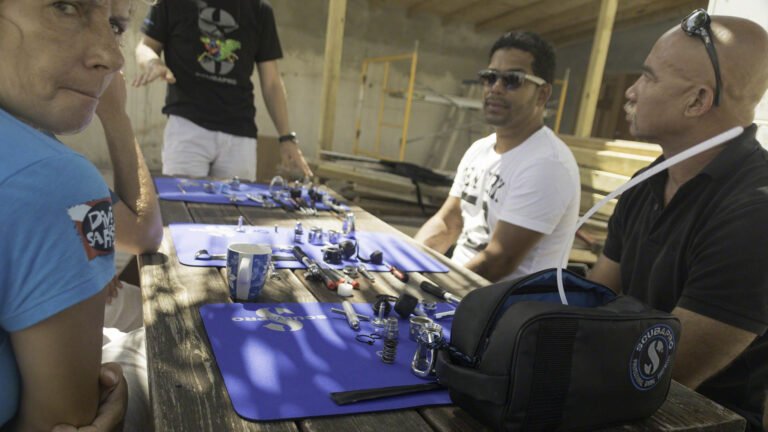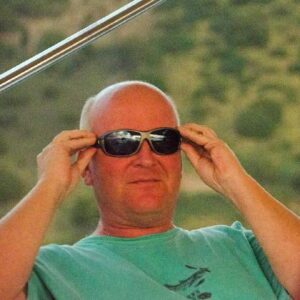Although my bimini was to be finished by about 10:00 in the morning, I didn’t get to pick it up until after 15:00 since I had signed up for a training class at The Scuba Shop held by Fraser Purdon from Scuba Pro. We spent the day taking apart, cleaning, inspecting, and replacing parts of the first and second stages of regulators – then putting them back together with no missing pieces in such a manner that they actually still functioned. It was quite instructional, I was surprised by how many parts the components had and how easily maintained they were, assuming one had the correct instruments to work on them. I will have to get a maintenance kit for my regulators and perform maintenance on them sometime soon, as they have seen some use and age and are now due. While getting the right tools and kit is going to cost more than having a dive shop do the work, it will be a bit more fun and I’ll know that I did a good job when I come up from the first dive after maintenance with no permanent damage.
After the course I zipped over to the sail maker and retrieved my bimini. I really should have measured it before spending almost 2 hours in gusty winds getting the bimini back up and attached, only to discover that something had gone awry and the carefully measured markings that I’d put on the bimini were not used for the inside boundary but for the outside one. To say that I was not a happy camper would be somewhat of an understatement, similar to saying that a hurricane is just a storm. Nonetheless I held my frustration in check and wrote a short e-mail to the loft at about 17:00 (which is their closing time) and then opened up a middling-sad hour beer and then attacked the next project, the watermaker. I’d installed the new control board several days ago, but now one water tank was empty and the other had had the last liters used by the water maker flush cycle, so I had to make some water despite the rather murky waters in the lagoon. There was a slight leak in the watermaker that I hadn’t identified and wanted to track down, but once the water maker started it would only pressurize to 50PSI rather than the usual 100PSI and I was trying to analyze the cause when Ernst from the sail loft zipped by on his dinghy to see what had gone wrong. We placed a panel on the construct and he measured the new location of the outer strips (only 2 out of 4 sides would need to be re-sewn) and then we got the bimini down, a task that went much faster with 2 people rather than alone, and he also measured the cockpit table for a summer cover that I wanted. We talked for a bit about various things in German – both of us needed some practice and then he departed and I returned to my water maker analysis in a much better mood.
The new board has 2 components, widely separated, which speed up or slow down the pump when a magnet is briefly held close. I had interpreted the documentation to mean that these speed switches were for the flush cycle only, but thought that perhaps the new board was at the lowest speed setting and would need a bit of adjustment. I took the pump assembly apart, only to realize that I only needed to remove the top 4 screws to access the PWM board. Then I searched the boat for a small magnet and couldn’t find one. I was debating making my own little electromagnet with a big screw, wire and a battery when I remember that my little LED light on the dinghy is fixed in place with magnets and waved that around the “+” contact until the pump speed audibly picked up and soon I had the watermaker running at the usual 100 PSI and producing about 16 gallons an hour.
After all the highs and lows of the day I wasn’t in the mood to go ashore for a late dinner, so cooked some spaghetti aboard and tried to watch one of the movies that I’d been given but that didn’t interest me as much as the final chapters of my current book and the bed.
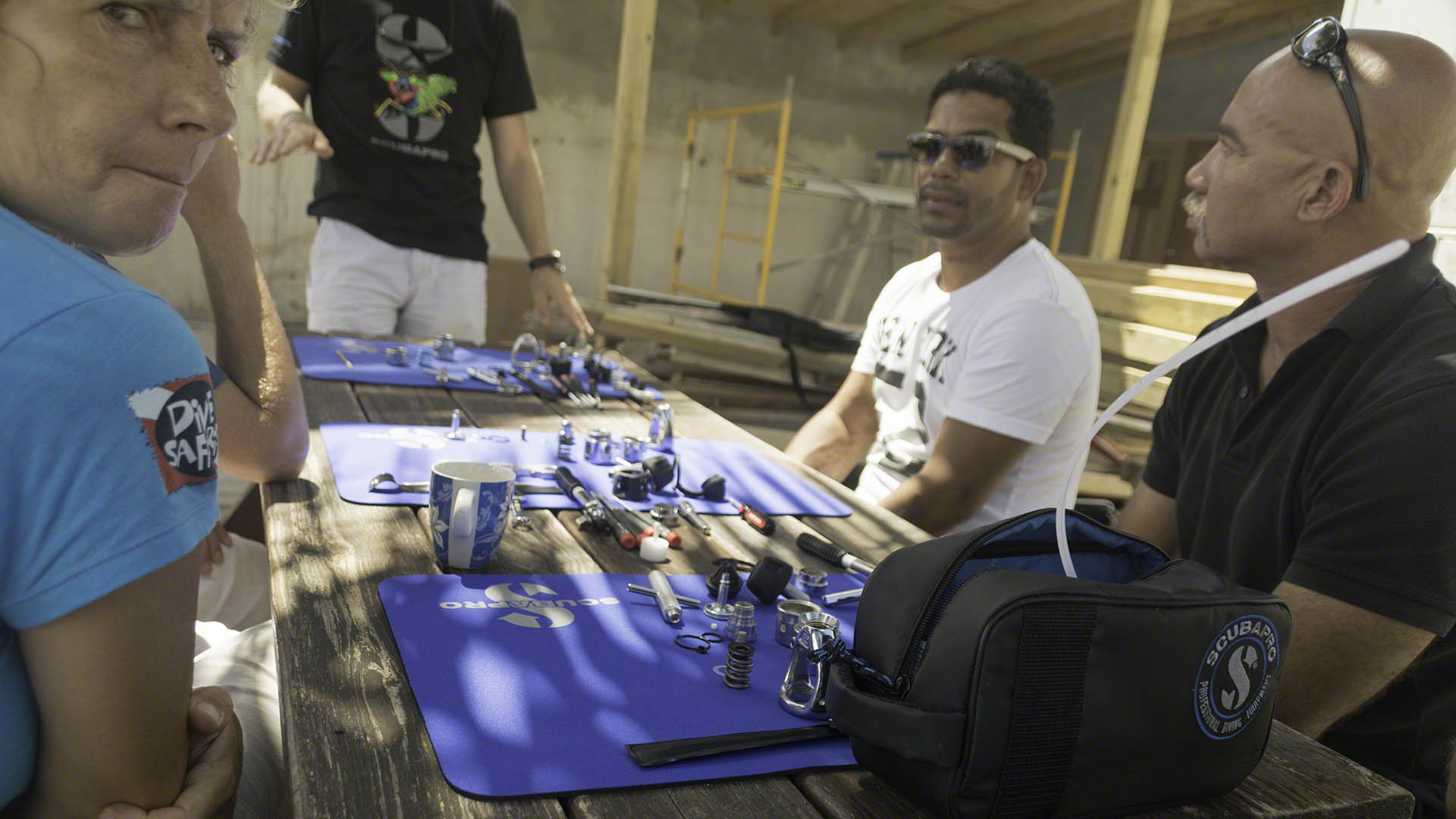 | 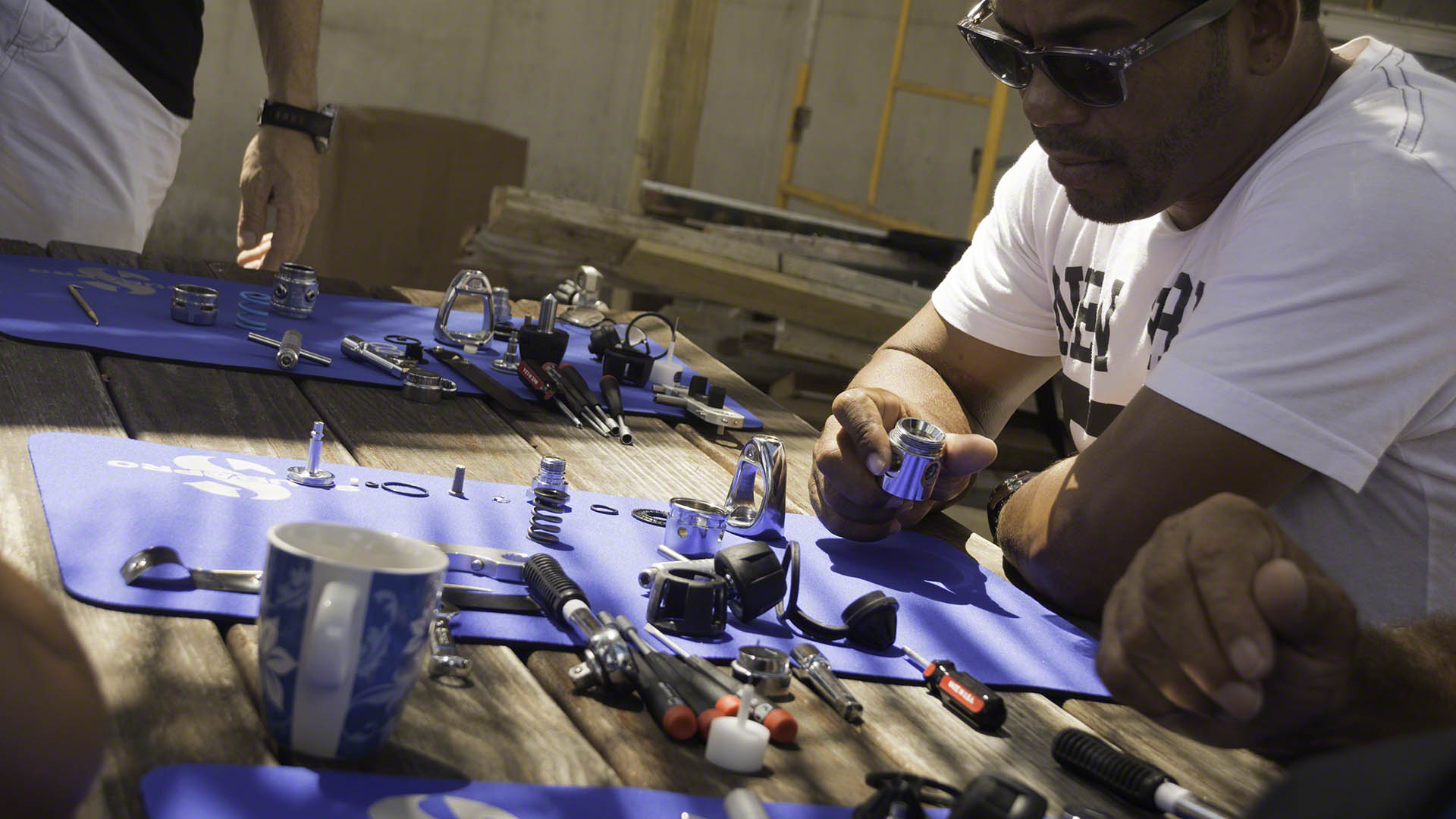 | 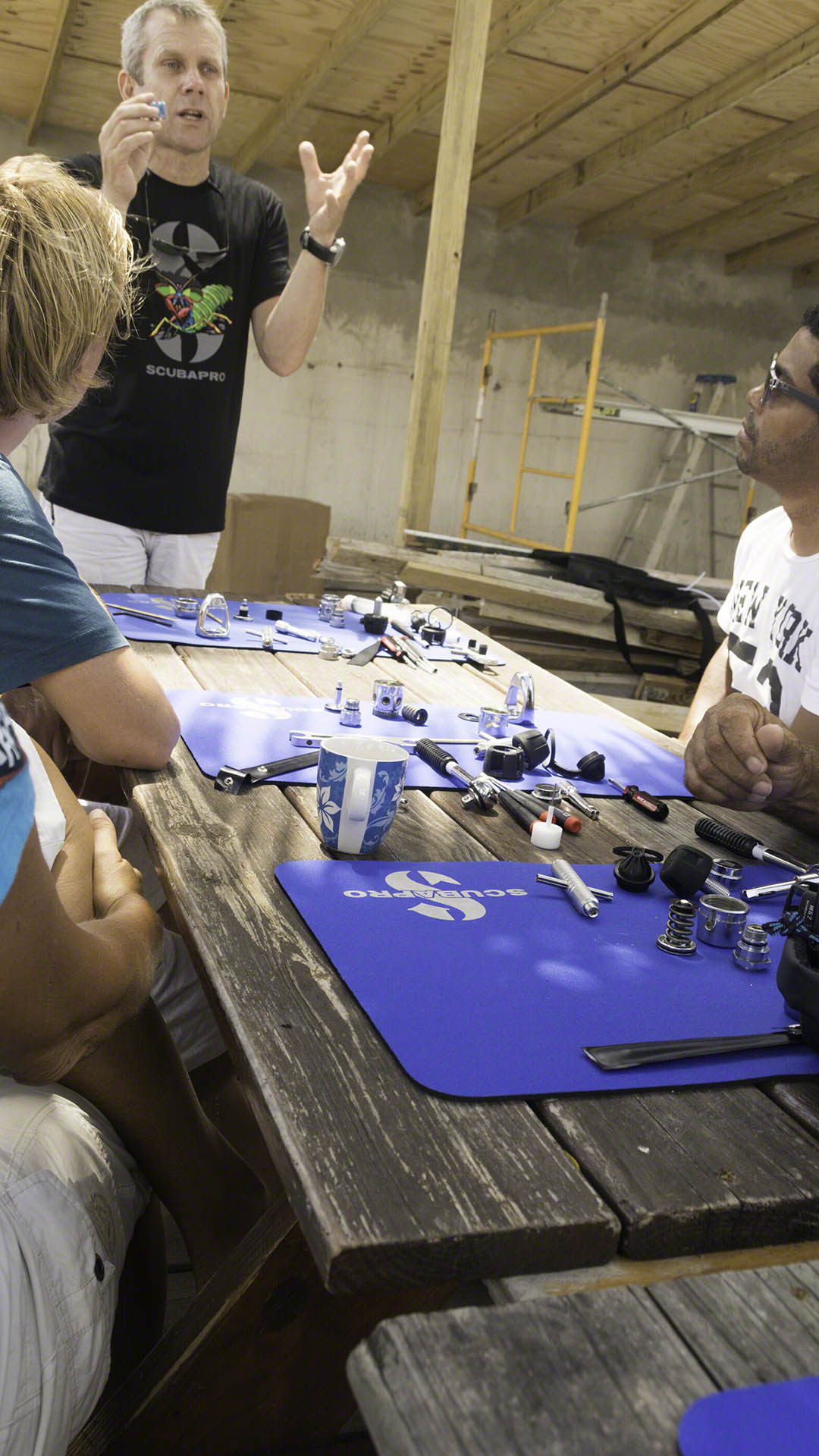 | 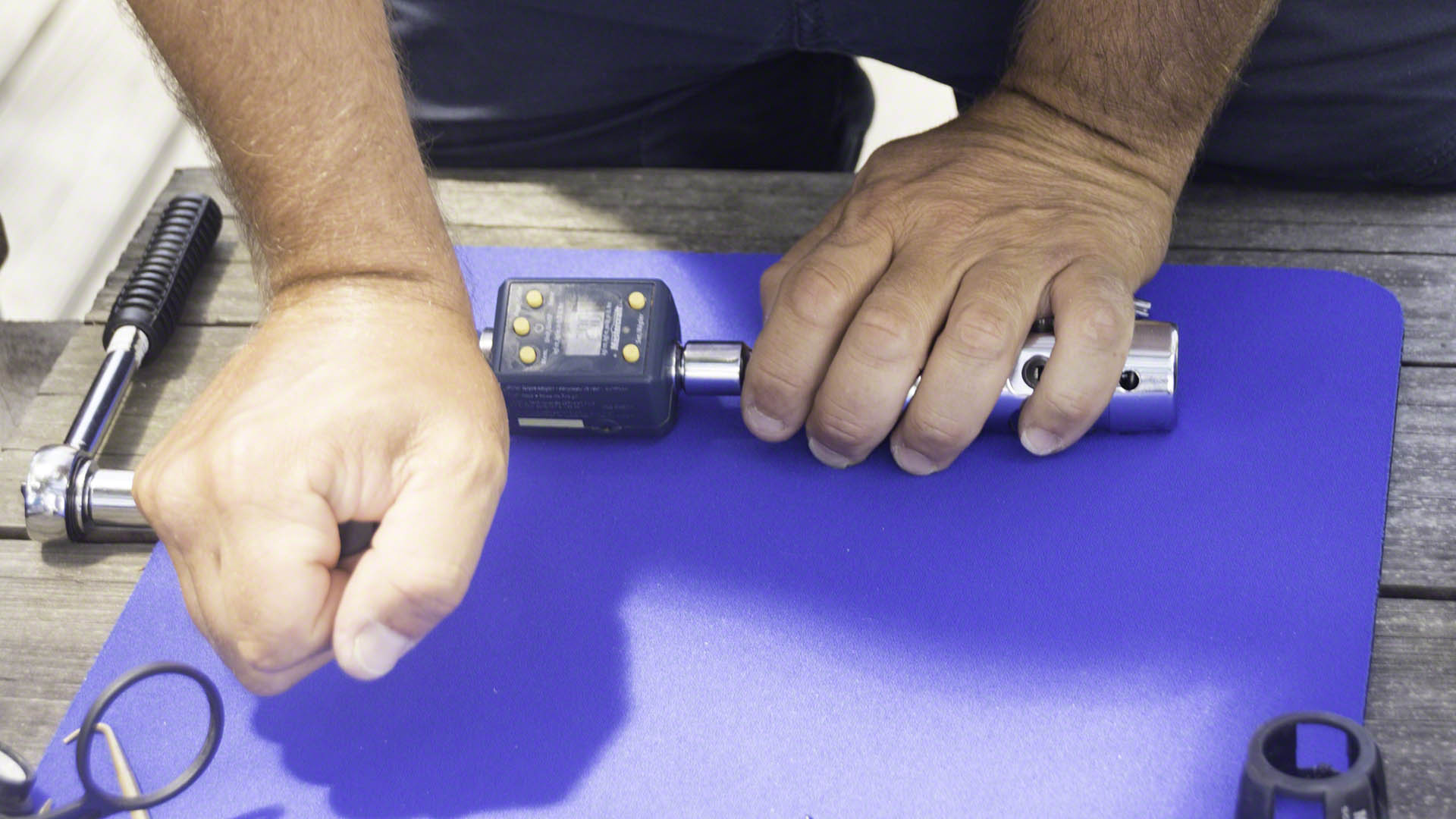 |
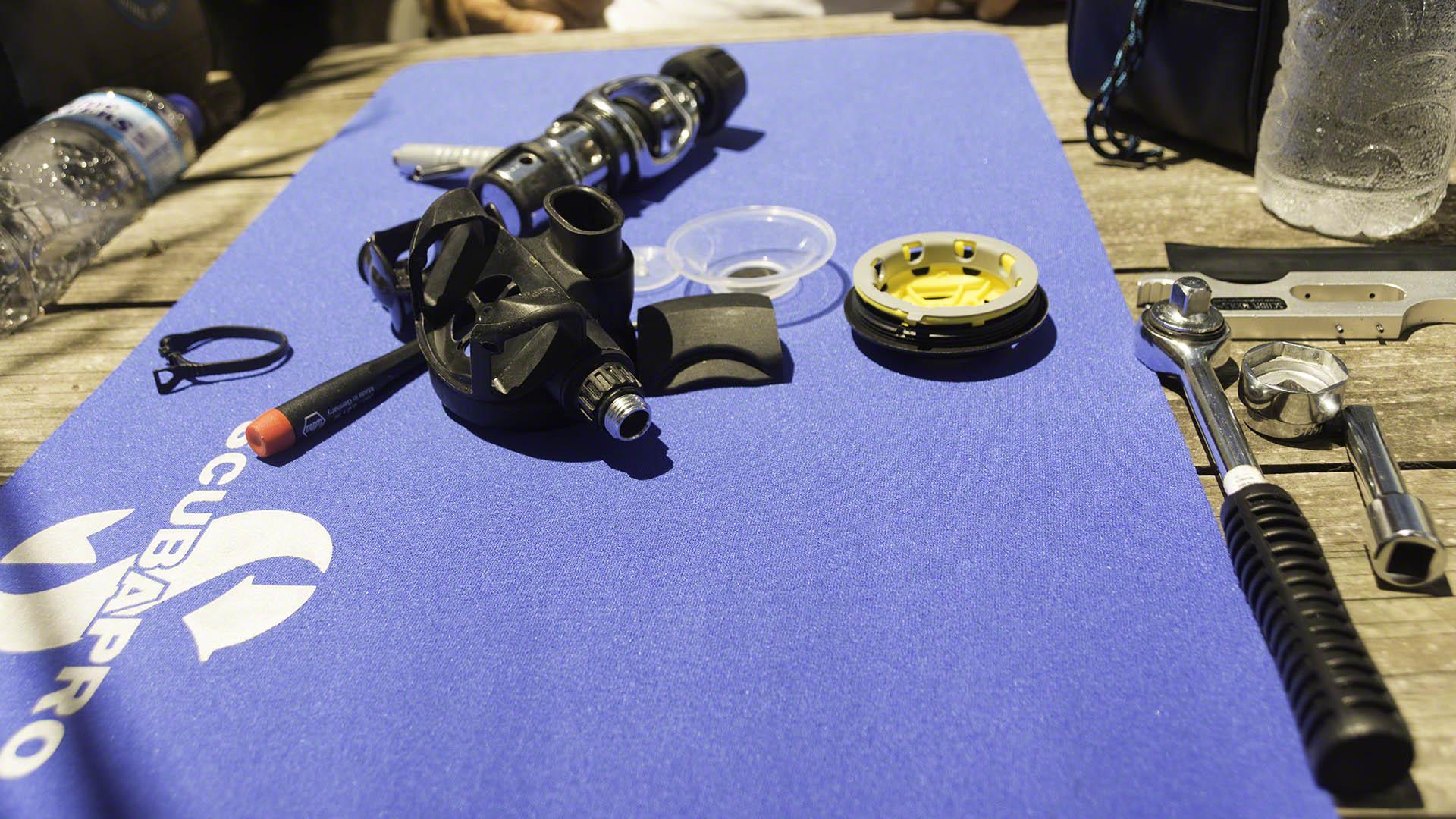 | 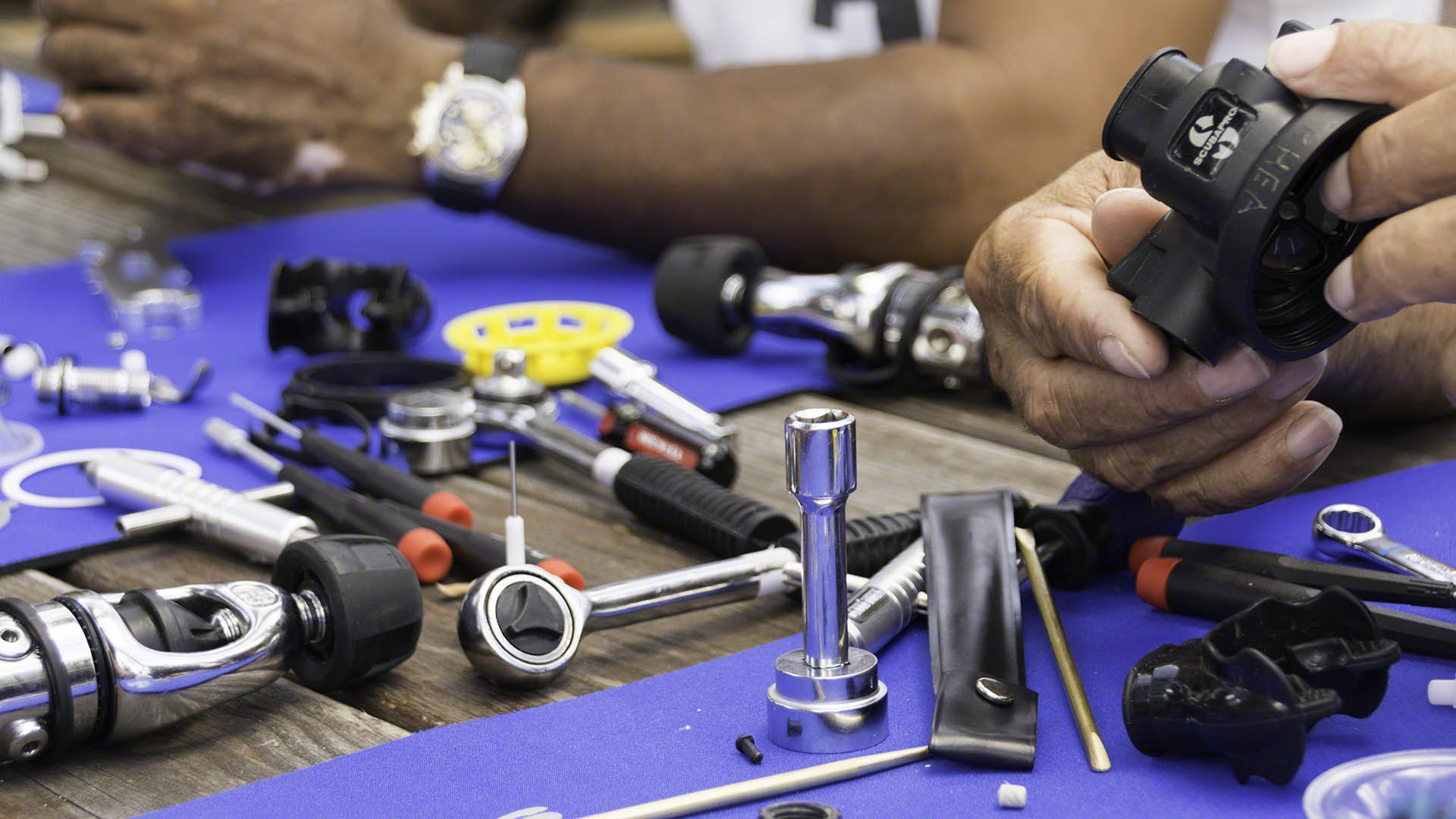 | 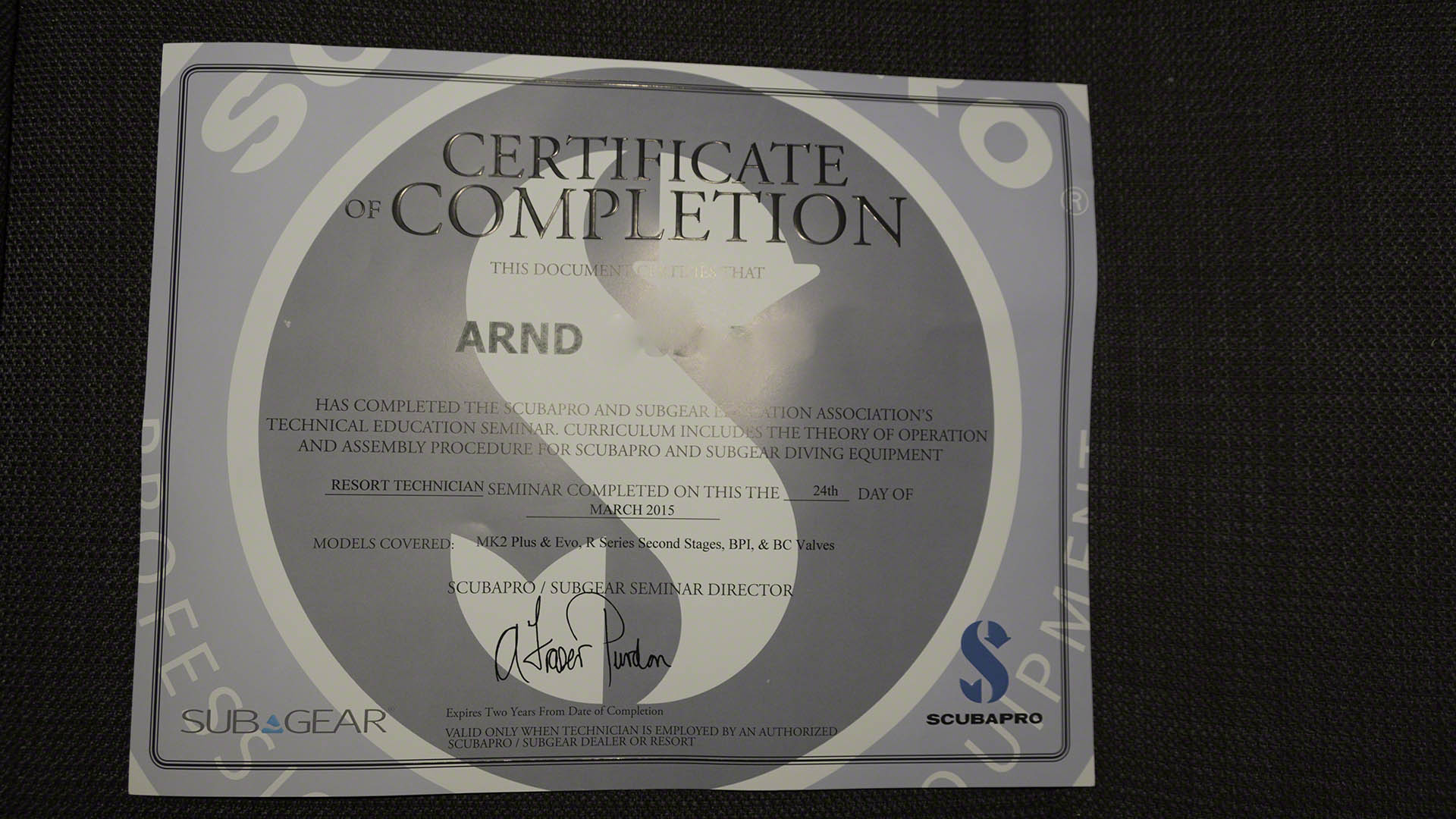 |

